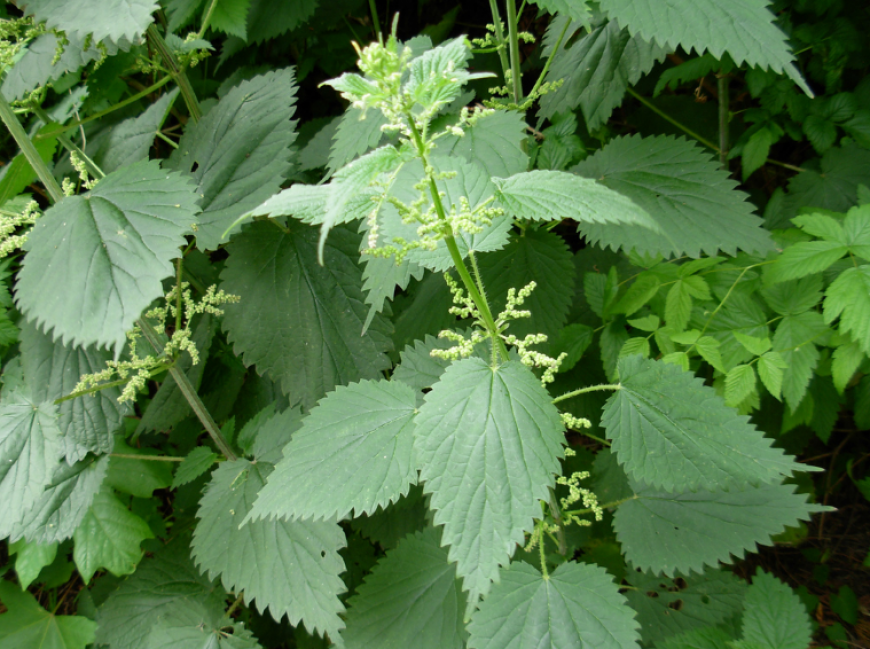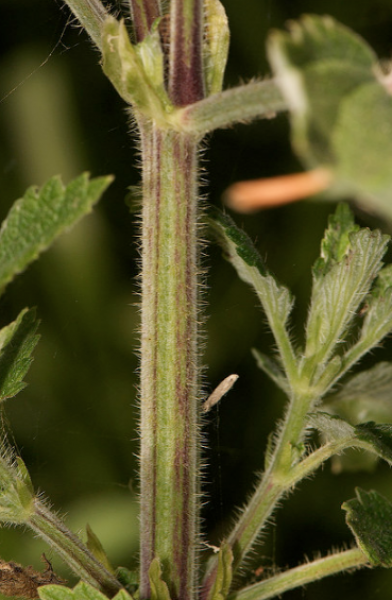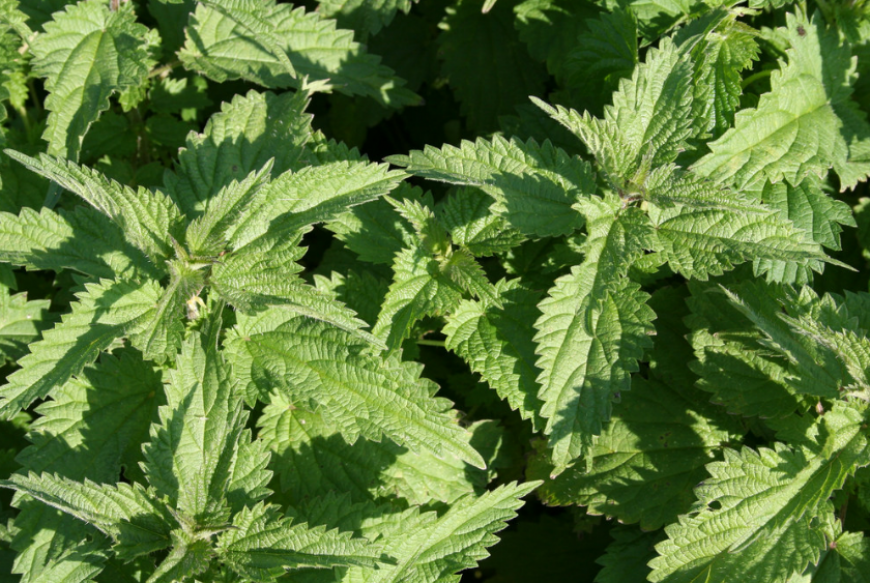


Creative Commons: Brewbooks
Creative Commons: Jerry Kirkhart
Creative Commons: tfengreen



Wild Eats Episode 4: Nettle Ravioli
In most cases it’s wise to avoid contact from anything that stings, yet nettles are a notable exception. Stinging nettles (Urtica dioica) are covered in fine hairs called trichomes, which inject histamines into your skin on contact, causing an unpleasant stinging sensation. Fortunately for us, cooking nettles destroys the trichomes, leaving us with a mild-flavored and nutritious leafy green.
What’s interesting about nettles effects is that they act in reverse if they come in contact with a body part already in pain, helping soothe rather than aggravate the original injury. According to scientists, nettles actually reduce inflammation, and are used to treat for muscle pain, arthritis, hay fever, and even prostate problems.
Stinging nettles have thin, opposite, heart shaped leaves ranging from 3-15 cm in length, and there are fine white hairs covering the stems and leaves. When harvesting nettles it’s important not to underestimate how many plants in the forest have wide leaves and prickly stems. In my first nettle foraging attempt, I repeatedly pricked my fingers during the de-stemming process, only to come to the saddening realization that I was not harvesting nettles, but instead a pile full of young bramble (black raspberry bush) leaves. Although they do look vaguely similar, nettle hairs look like tiny little needles, rather than the thorns on black raspberry bushes.
Although spring is the best time to harvest stinging nettles, you can more clearly identify them mid to late summer when they start to grow tiny greenish-white flowers arranged in clusters around the leaf axels. You can collect young stinging nettle shoots, but the best part of the plant is the leaves. My second recommendation is to wear gloves while foraging because even though you may think you’ll be able to grab the plant without touching the trichomes, it would be almost impossible since the majority are microscopic.
Once you have successfully foraged for stinging nettles and separated the leaves from the stems you can add it to soups, sautés, pastas, or really any dish where you would use spinach or kale (just make sure it’s cooked first!). The boiled leaves on their own possess a delicious flavor that somewhat resembles a bitter spinach. This profile makes it a great substitute in many light vegetable dishes, which are refreshing during the hot summer heat. Here we present a recipe for stinging nettle ravioli, which contains nettle leaves in both the filling and the pasta.
Ingredients:
Pasta
2 tongfuls blanched nettle leaves (1 cup blanched)
1/4 cup water
2 cups all-purpose flour
1 tbs. Olive Oil
Filling
2 tongfuls blanched nettle leaves (1 cup blanched)
1/4 cup water
1 container ricotta (15oz)
1/2 Cup Grated Parmesan
1/4 Cup Whipped Cream Cheese
1 egg
1/2 tsp. pepper
1/4 tsp. salt
1/8 tsp. nutmeg
Recipe:
Part 1: Dough
1. Blanche 4 tongfuls of nettle Leaves (Makes about 2 cups of nettles which is enough for pasta and filling)
2. Blend 1 cup of the blanched nettles with 1/4 cup water.
3. Add 2 cups flour to bowl, then make small well in center of flour.
4. Pour nettle puree in small well.
5. Kneed Mixture Into Dough, then coat with 1 tbs. of olive oil before covering bowl with plastic wrap and putting in the fridge.
Part 2: Filling
1. Blend other 1 cup of blanched nettles with 1/4 cup water.
2. Combine nettle puree, ricotta, parmesan, whipped cream cheese, egg, pepper, salt, and nutmeg in bowl.
Part 3: Ravioli
1. Sprinkle flour on counter surface, then roll out dough by hand or with pasta maker to get it as thin as possible without ripping.
2. Make 1 tbs. ovals near the bottom of the dough going left to right with about 2-3 inches in between each oval.
3. Fold pasta dough over on itself and cut off extra dough to repeat the process for more ravioli.
4. Pinch empty space between the filling ovals so that the pockets of ravoli start to clearly form.
5. Use cookie cutter or knife to shape ravioli as you wish, and then remove extra dough.
6. Repeat steps 2-6 until basically all dough and filling is gone.
7. Add raviolis to boiling water until they float to the top.
8. Serve with olive oil, tomato sauce, pesto, and/or parmesan cheese.

